Gadget Pilipinas | Tech News, Reviews, Benchmarks and Build Guides
Xiaomi Redmi 9T vs. realme C15 vs. vivo Y20i: A Sub-PHP 10K Performance Benchmark Comparison
Introduction
The entry-level smartphone market is quite saturated with a variety of devices with very little wiggle room as far as specs and price point go. Sometimes it gets quite confusing which device to go for.
Well, we took a look at three devices that are slotted between the PHP 6,000 – PHP 10,000 price point namely the Xiaomi Redmi 9T, the realme C15, and vivo Y20i. All three are pretty good entry-level devices and we’re here to give you an idea of which is the best option as far as overall hardware performance goes by testing it with the most demanding game apps. By overall performance, we mean CPU, GPU, and memory performance.
To truly get a good grasp of the capacity of each device’s hardware, we ran the three devices through three synthetic benchmarks as well as took the average fps, average CPU, and memory in six different games. The six games cover light gaming to intensive graphics gaming across different genres.
Spec rundown
| Xiaomi Redmi 9T | Realme C15 | vivo Y20i | |
| Display | 6.53-inch 1080p IPS LCD | 6.5-inch 720p IPS LCD | 6.51-inch 720p IPS LCD |
| Processor | Qualcomm Snapdragon 662 | MediaTek Helio G35 | Qualcomm Snapdragon 460 |
| GPU | Adreno 610 | PowerVR GE8320 | Adreno 610 |
| RAM | 4GB | 3/4GB | 4GB |
| Storage | 64/128GB, expandable via microSD | 64/128GB, expandable via microSD | 64GB, expandable via microSD |
| Rear Camera | 48MP main, f/1.8 aperture | 13MP main, f/2.2 aperture | 13MP main, f/1.8 aperture |
| 8MP ultra-wide, f/2.2 aperture | 8MP ultra-wide, f/2.25 aperture | 2MP macro, f/2.4 aperture | |
| 2MP macro, f/2.4 aperture | 2MP monochrome, f/2.4 aperture | 2MP depth, f/2.4 aperture | |
| 2MP depth, f/2.4 aperture | 2MP, f/2.4 aperture | ||
| Front Camera | 8MP | 8MP | 8MP |
| Battery | 6000mAh, 18W fast charging, 2.5W reverse charging | 6000mAh, 18W fast charging | 5000mAh battery, 18W fast charging |
| Connectivity | Wi-Fi (dual-band) | Wi-Fi | Wi-Fi (dual-band) |
| Bluetooth 5.0 | Bluetooth 5.0 | Bluetooth 5.0 | |
| GPS, A-GPS, GLONASS | GPS, A-GPS, GLONASS | GPS, A-GPS, GLONASS | |
| 4G LTE | 4G LTE | 4G LTE | |
| USB Type-C 2.0 | microUSB 2.0 | microUSB 2.0 | |
| 3.5mm headphone jack | 3.5mm headphone jack | 3.5mm headphone jack | |
| OS | MIUI 12 based on Android 10 | realme UI based on Android 10 | Funtouch 10.5 based on Android 10 |
| Weight | 198g | 209g | 192.3g |
| Dimension | 162.3 x 75.9 x 8.6 mm | 164.5 x 75.9 x 9.8 mm | 164.41 x 76.32 x 8.4 mm |
| Colors | Gray, Green, Blue, Orange | Power Silver, Power Blue | Obsidian Black, Dawn White, Nebula Blue |
| Price | PHP 6,990 (4GB/64GB) | PHP 6,490 (3GB/64GB) | PHP 8,990 (4GB/64GB) |
| PHP 7,990 (6GB/128GB) | PHP 6,990 (4GB/64GB) | ||
| PHP 7,990 (4GB/128GB) |
Synthetic Benchmarks
The first synthetic benchmark we ran was 3DMark which tests the GPU performance of a device by rendering a demanding game-like scene in real-time. The faster the scene runs, the better the score.
With the realme C15 not supporting the Wild Life test and the Xiaomi Redmi 9T scoring over 100 points over the vivo Y20i in said test, Redmi 9T clearly took the 3DMark benchmark. In addition, it even was the only device out of the three that went beyond 1000 points in the Sling Shot Extreme test.
The second is Geekbench, which simulates real-world scenarios and workloads to test a device’s CPU single-core and multi-core performance.
Geekbench was also impressive for the Xiaomi Redmi 9T with a 317 single-core score and 1382 multi-core score being able to stay ahead of the other two devices by quite a lot.
The Xiaomi Redmi 9T closed out the synthetic benchmark round on top by surviving for a whopping 23 hours and 15 minutes of simulated tasks like video and photo editing, browsing the web, and going through files on the PCMark benchmark. The vivo Y20i was surprisingly sturdy despite packing the smallest battery at 5000mAh with 21 hours and 31 minutes.
Before we move on to the gaming benchmarks, keep in mind that the higher the FPS, the better. Likewise, in general, the lower the memory and CPU usage, the better.
Mobile Legends: Bang Bang
We started our tests with Mobile Legends: Bang Bang, not only is it one of the most popular mobile games in the country, but it’s also one of the lightest. Because of this, we were comfortable testing all three devices with max settings.
The Xiaomi Redmi 9T and vivo Y20i were pretty even in Mobile Legends with identical average FPS and a small difference in memory usage. The realme C15 held up fairly well but lagged behind the other two.
League of Legends: Wild Rift
After testing Mobile Legends, of course, we had to do a test with the other popular mobile MOBA, League of Legends: Wild Rift.
For this, we tested at three different graphic settings – the default Quality setting, Medium (60fps, high graphics, medium effects, and medium resolution), and High (60fps, ultra graphics, high effects, and high resolution).
Do note that the realme C15 maxed out with 60 fps, Medium graphics, low effects, and high resolution.
At the Quality setting, all three devices were even ground across the board. However, the C15 lagged behind in the Medium setting test with a lower average fps despite overall low settings.
All that was left was the Xiaomi Redmi 9T and vivo Y20i with the Highest setting test and like the rest of the Wild Rift test, the performance of the two devices was pretty much the same.
Call of Duty Mobile
Next up was Call of Duty Mobile, the only shooter title we tested. For this, we ran it at high and ultra settings.
Like with Wild Rift, the realme device maxed out at low graphics quality but was able to crank the frame rate to high.
At High settings (or the Low – medium frame rate of the realme), the gap between the Xiaomi Redmi 9T and the vivo Y20i was pretty drastic with the former nearing 60 fps compared to almost half of the latter. For a shooter title, the drastically higher FPS would definitely come in handy.
The gap between the Xiaomi Redmi 9T and the vivo Y20i was closer in the Ultra settings (or Low graphics – high frame rate for the realme) test but just ever so slightly. The Realme C15 roughly maintained its performance from its high setting test but then again, it was just a small bump in frame rate.
Asphalt 9
Asphalt 9 was next up on our list which we decided to be played in two settings – Default and Highest.
All three devices managed sub-30 average fps in the Default setting test and like the previous games, the Xiaomi Redmi 9T and Y20i were pretty close across the three stats.
At Highest settings, the three devices were roughly in the same ballpark all but the high CPU usage of the C15.
Black Desert Mobile
Moving on to the more power-intensive games starting with Black Desert Mobile where we decided to push the devices by playing them on Medium, High, and tried Highest.
We say we “tried Highest” because after playing on the highest settings, the game automatically reverted to High settings for the three devices but the stats at Highest setting is above.
At medium settings, the three devices looked pretty much identical except, again, for the higher CPU usage of the realme C15.
At High and Highest setting, the vivo Y20i offered more average FPS but just barely a lead from the other two.
Genshin Impact
Last, but definitely not the least, is the stress test of all stress tests, Genshin Impact. Even the flagship devices struggle with such an intensive game. Because of this, we decided to test the devices at three settings – Lowest, Low, and Medium.
Any higher than Medium and it would’ve been unplayable. All three were a bit laggy at Medium setting especially when panning the camera, which while playing for a while made us dizzy.
At the Lowest setting, the vivo Y20i and Redmi 9T were pretty much neck and neck in performance but both were very much playable. The realme C15, on the other hand, was decently playable but had more stutters than the other two.
Low was pretty much the same story for all three devices staying moderately playable at best. It was at Medium settings where the strain of the game was truly felt on the three devices especially on the realme C15 that averaged close to 10 FPS. The other two, on the other hand, dropped to sub-20 FPS.
The graphics at Medium does look gorgeous but if it means stutters and struggling to get through combat and even opening chests, it isn’t worth playing on. If you don’t mind lower graphics but smoother gameplay, we would suggest playing it on Low or even Lowest on these devices.
Verdict
The three devices are priced at roughly the same price with the vivo Y20i being the most expensive at PHP 8,990 (4GB/64GB), Xiaomi Redmi 9T starting at PHP 6,990 (4GB/66GB), and the realme C15 being the most affordable starting at PHP 6,490 (3GB/64GB).
Because on the price tag and the results of the benchmarks, the Xiaomi Redmi 9T is the easy choice among the three devices. It gives better value for money, offering a more seamless performance both in gaming and casual mobile experience than the other phones, as it showcased better average FPS, and lower CPU and RAM usage results in general.
The Xiaomi Redmi 9T also offers 1080p resolution on its display as well as uses a USB-C port to charge which are pretty big upgrades to the 720p and microUSB port on the two devices.
Stay tuned for the full gaming experience comparison on OneMoreGame and a camera experience comparison on DAGeeks.
Device photo courtesy of Rianne Ronquillo
The post Xiaomi Redmi 9T vs. realme C15 vs. vivo Y20i: A Sub-PHP 10K Performance Benchmark Comparison appeared first on Gadget Pilipinas | Tech News, Reviews, Benchmarks and Build Guides.
Source: Gadget Pilipinas
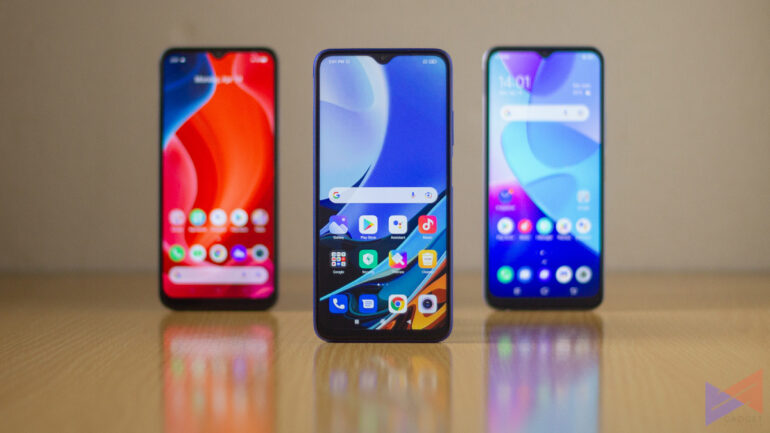
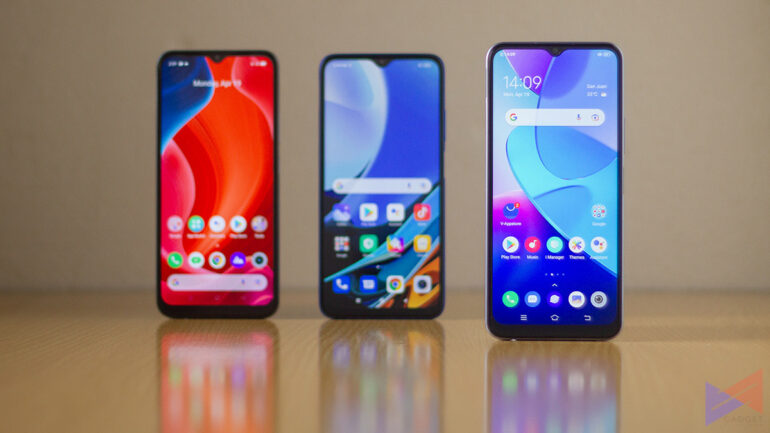
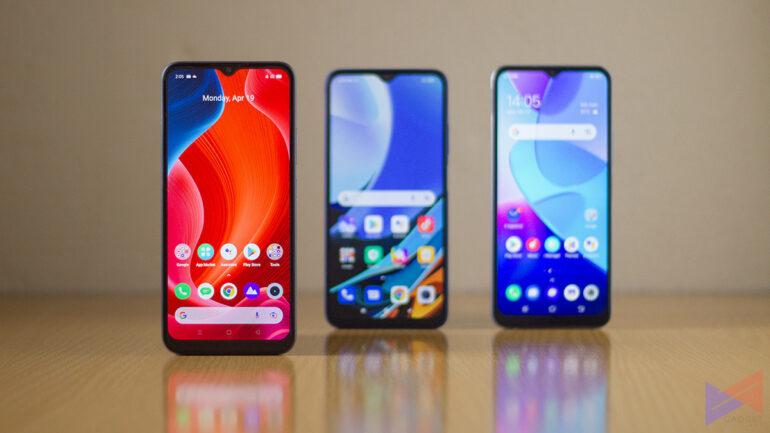
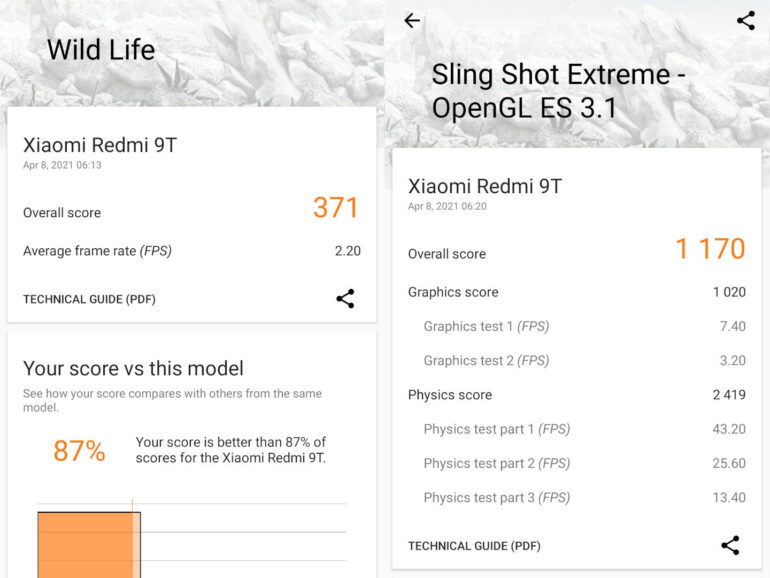
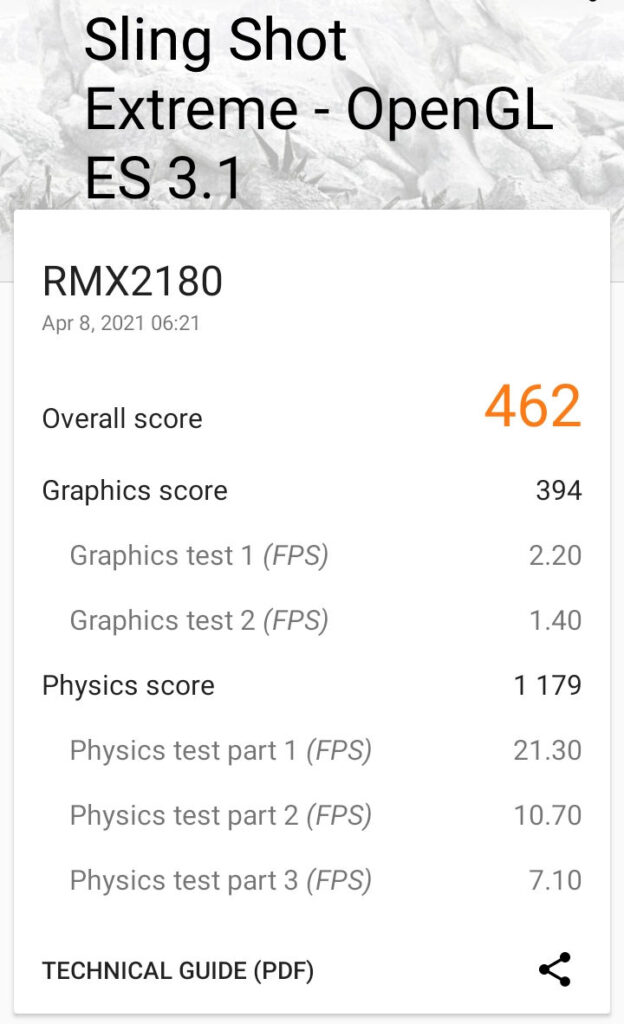
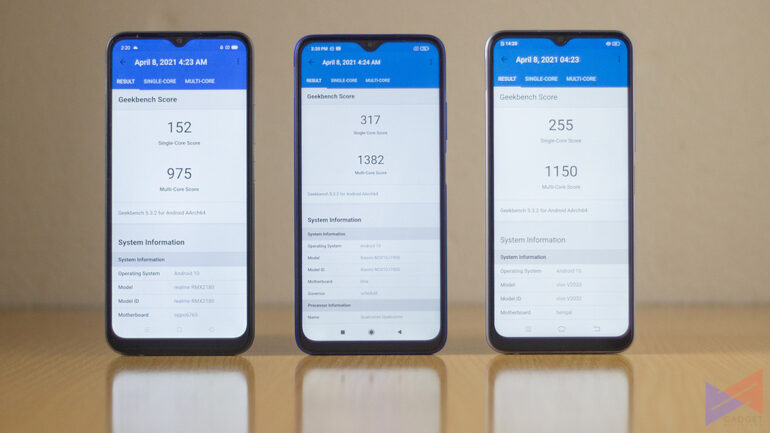

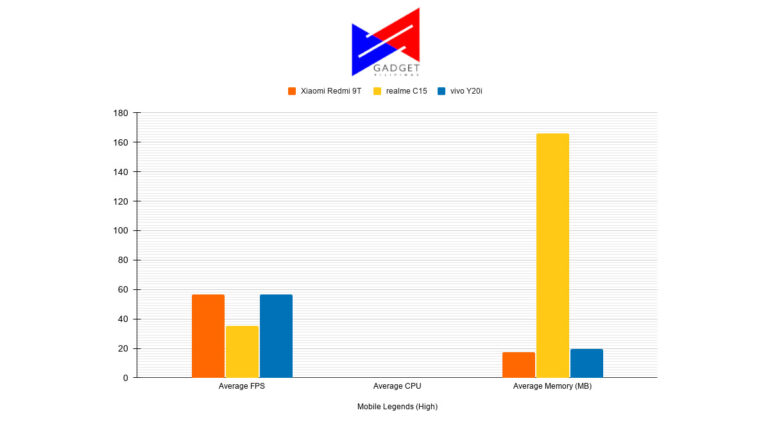
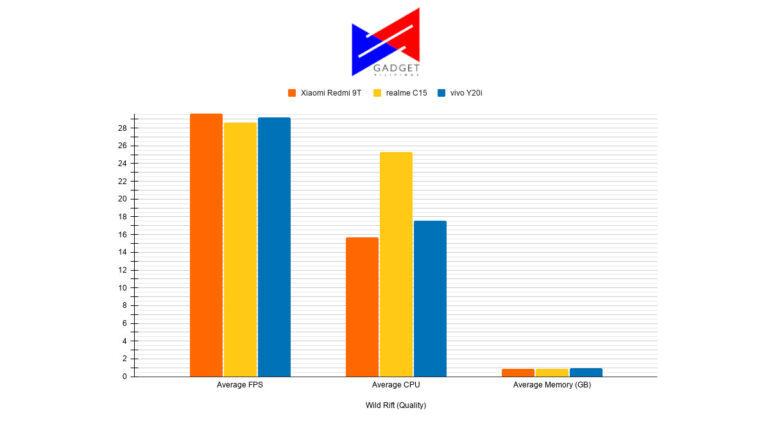
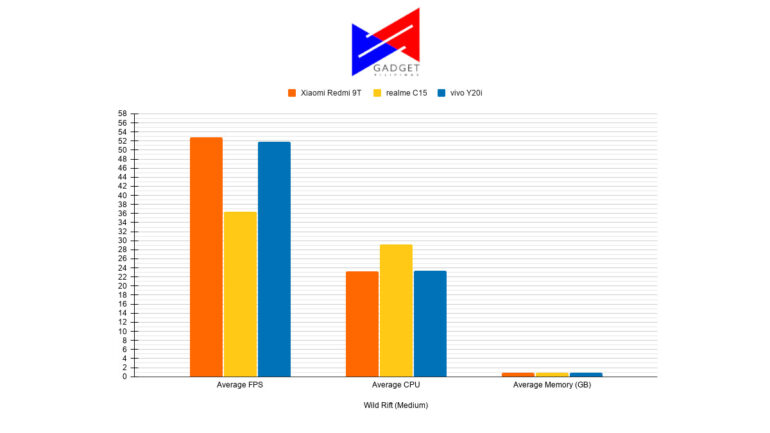
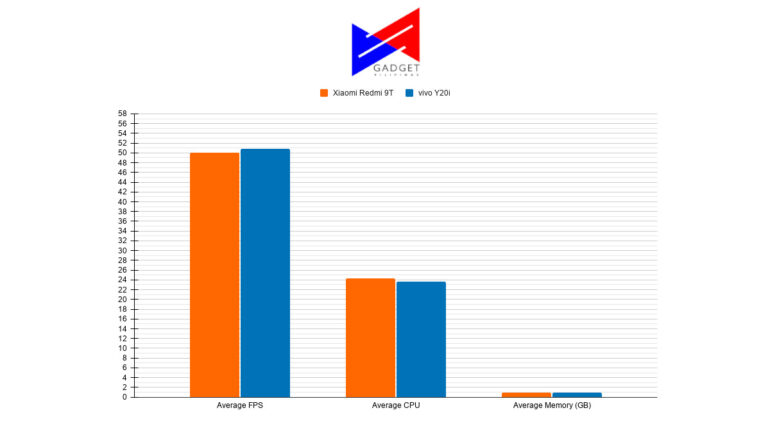
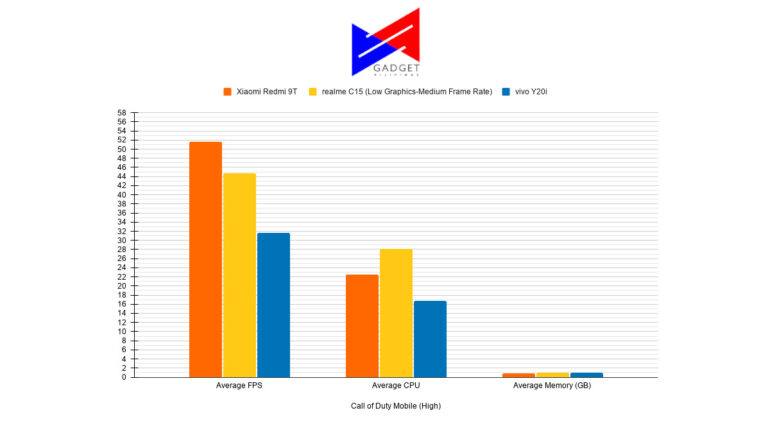

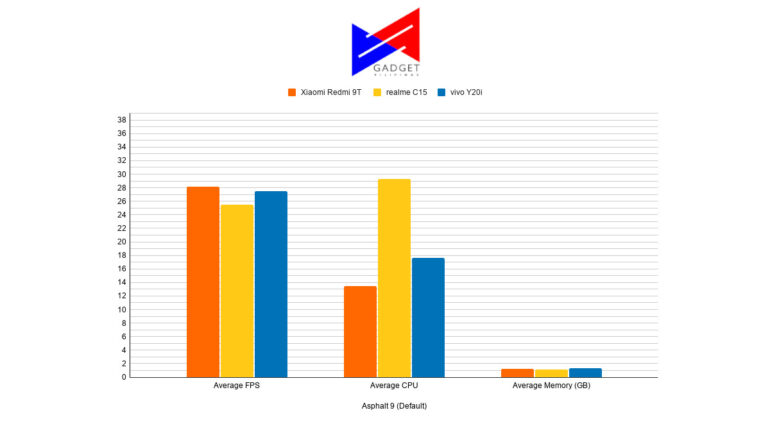
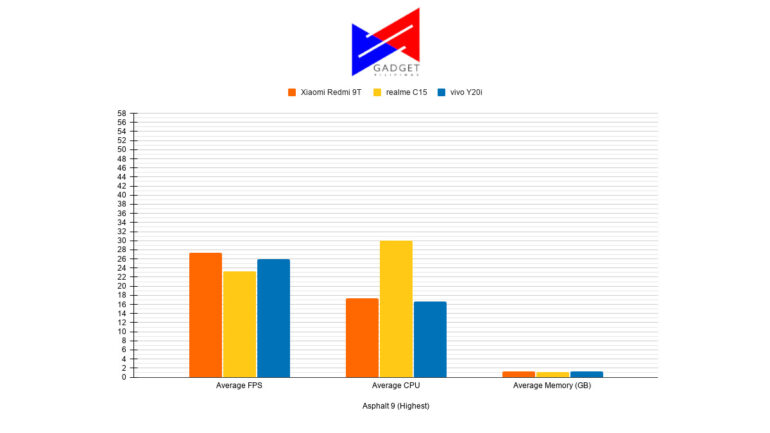
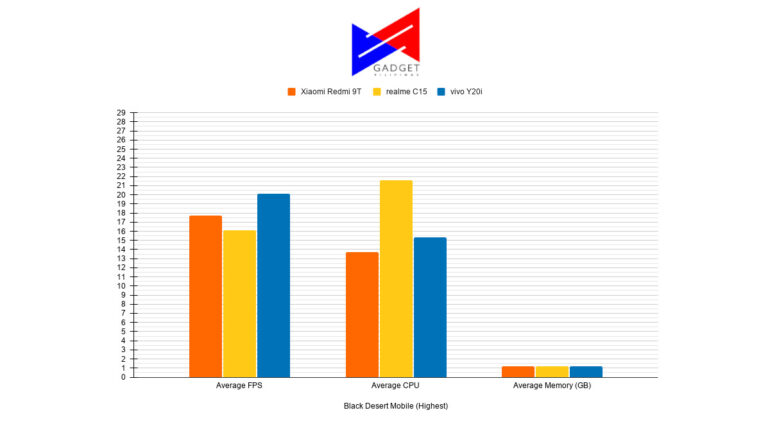
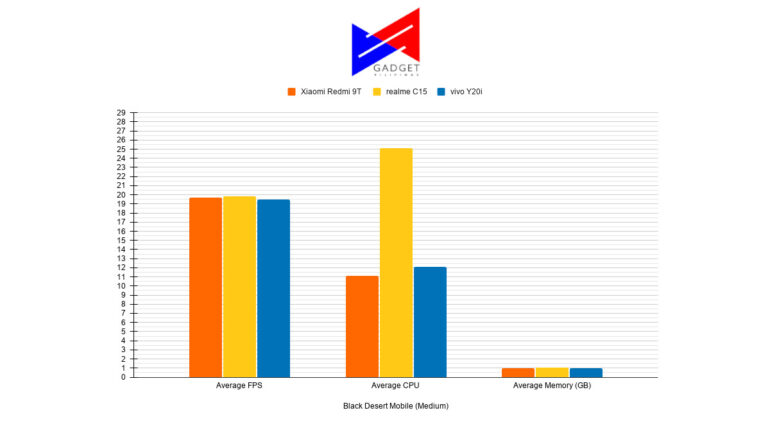
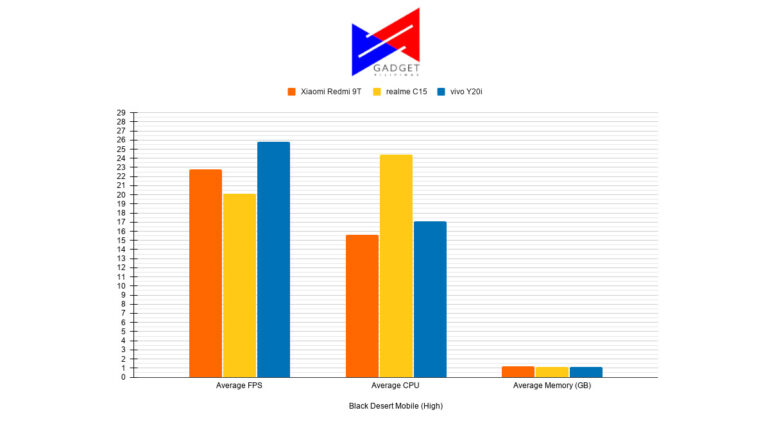

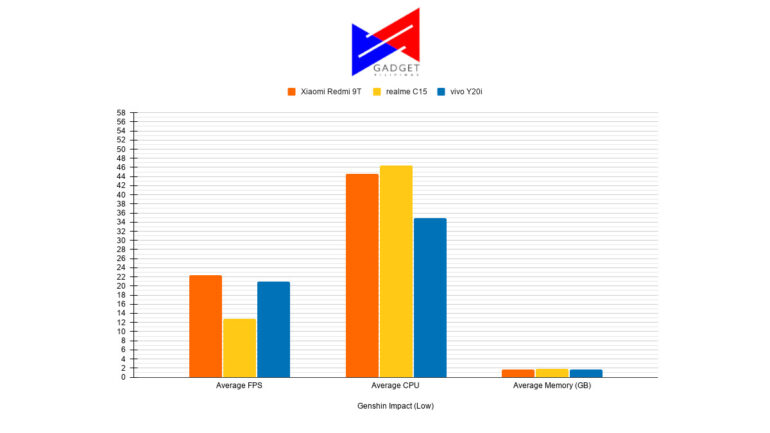
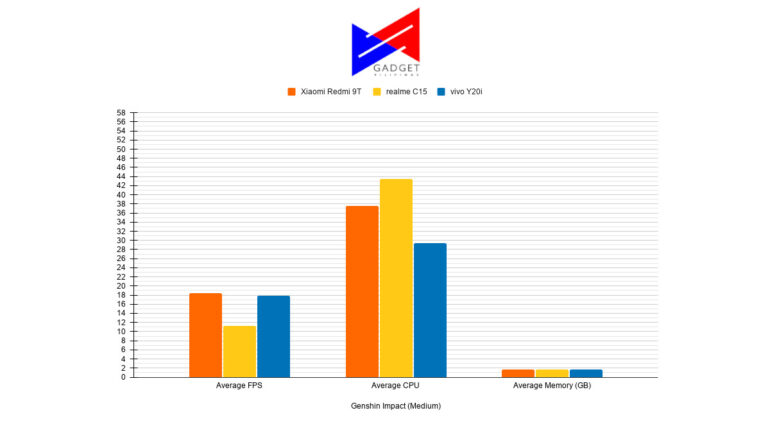

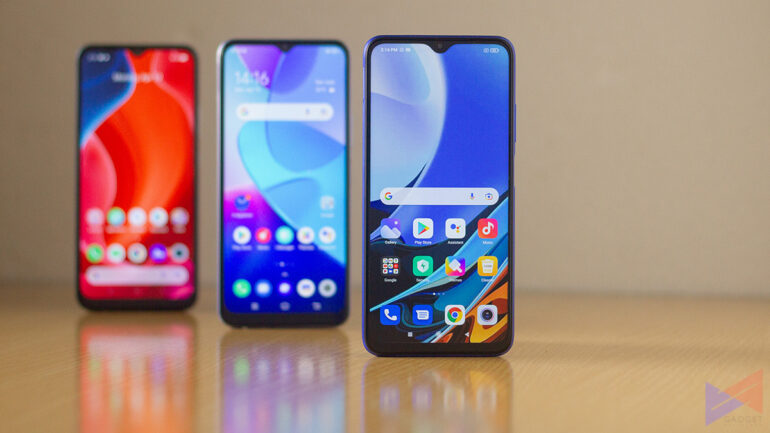

0 Comments